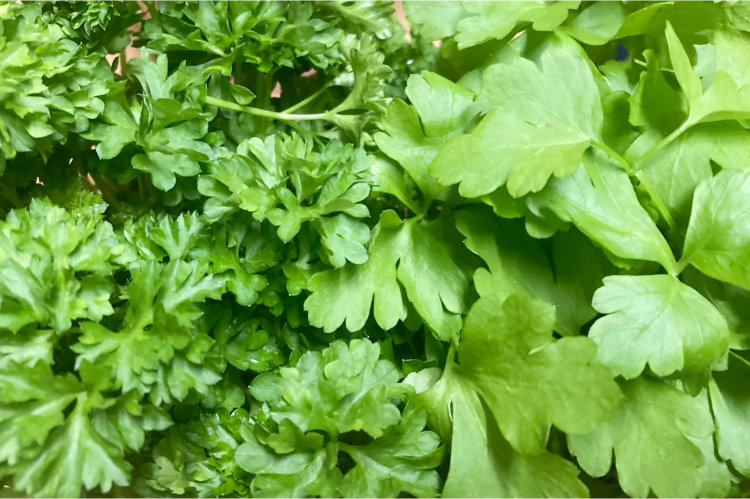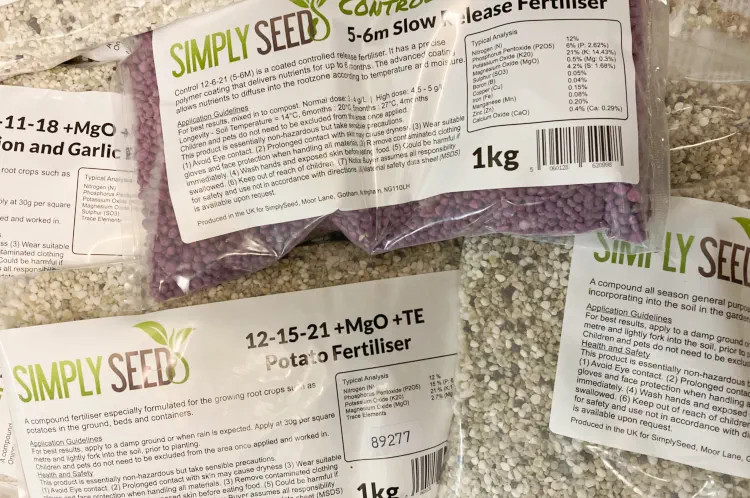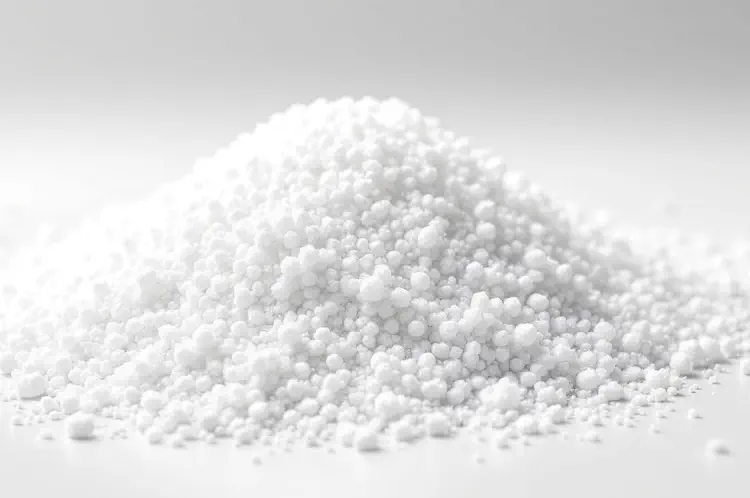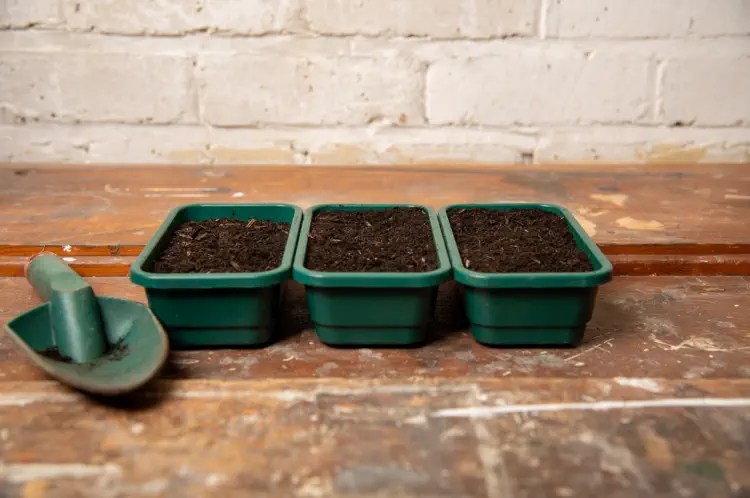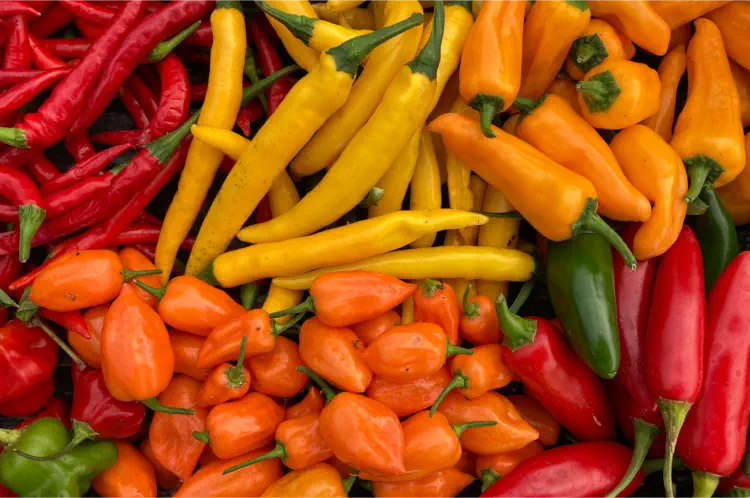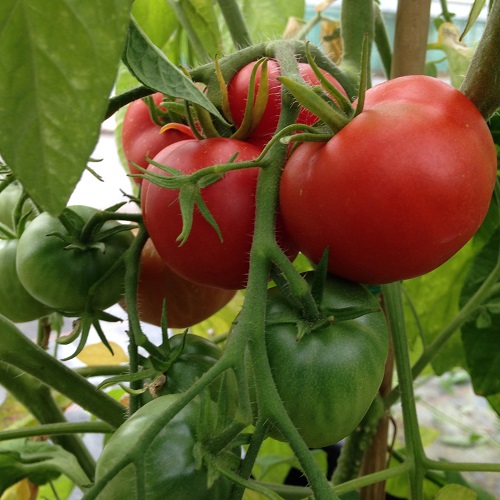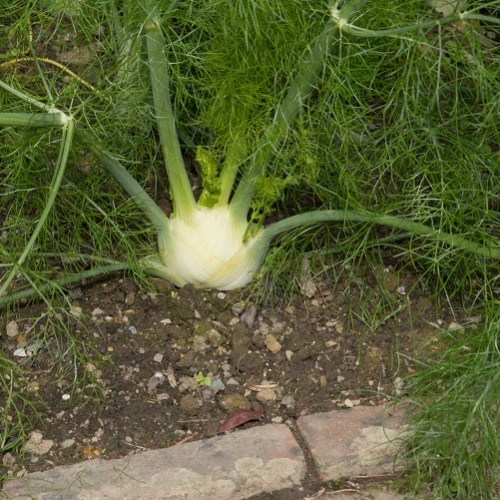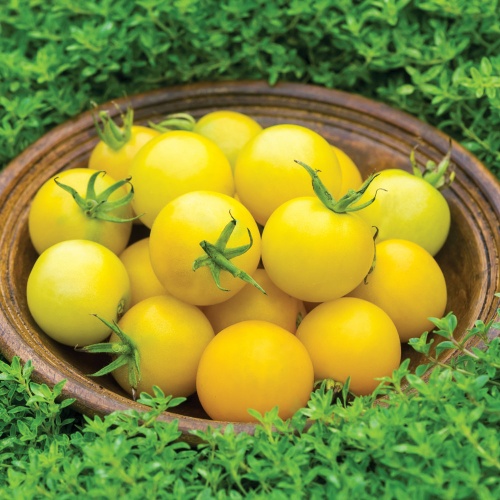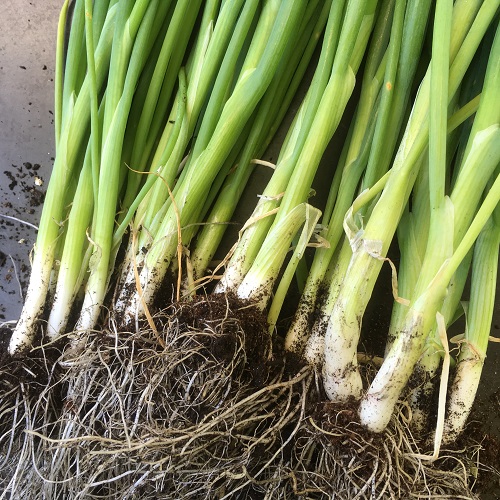A greenhouse is perfect for starting off your bedding or vegetable plants and for growing ornamental pot plants, tomatoes, cucumbers, melons and many more useful plants. It provides ample shelter from the elements and the internal temperature will very likely always be much more than that of the outside temperature. That’s when problems can arise. A warm temperature is vital when growing new plants from seed but it’s not so good when the internal thermometer begins to rise sharply due to excessive heat from the sun
From late June through to late August, temperatures inside a greenhouse can exceed 40°C, which is not ideal for most types of plants. Immature tomatoes for example, can succumb to damage if the temperature exceeds 32°C. Some other plants can experience tissue damage when temperatures rise above 27°C and should therefore be moved outside. It is essential then that you do keep a thermometer in the greenhouse and keep a close eye on it during the summer months. Ideally, you need to keep the internal climate temperature between 25°C and 28°C. There are several ways you can do this.
Ventilating a greenhouse
Most greenhouses are designed with vents situated on the roof and some also have louvre type windows fitted on the side. These small windows can be opened slightly or fully to allow air to flow inside. A greenhouse with an apex shaped roof will usually have vents on either side. A pent roof greenhouse will usually have vents on the sloping side only. The number of vents installed is determined by the overall size of the greenhouse. Also, every greenhouse has a door, which can also be opened up partly or fully to allow air to flow freely through the structure.
The vents on smaller greenhouses are very often manually operated. It’s then up to the owner to determine when they should be opened and closed. However, a much more convenient and accurate way of providing ventilation is to install automatic vent openers. Most automatic vent openers are based on the temperature sensitive Bayliss piston method. They consist of a tube with wax that melts as the temperature rises. The liquid wax then pushes a piston, which in turn pushes the vent open. When the temperature begins to drop, the liquid slowly turns back to solid wax and the piston withdraws back into the tube, closing the vent. No electrical power is needed.
Damping down a greenhouse
The ideal conditions for growing plants in a greenhouse is a warm and damp atmosphere. This moist climate can be created by raising the internal humidity level through damping down. Damping down inside a greenhouse simply means applying water to the all the hard surfaces, including the floor and the staging. When you do this it also reduces the air temperature and creates a beneficial climate condition within the structure. In hot weather, you might need to carry out this exercise 2-3 times a day. A good side effect of damping down or wetting, is that it discourages red spider mite, who much prefer a dry microclimate condition.
If you damp down the interior and use automatic vent opening then you are getting the best of both worlds. However, with the vents open, the moist air can quickly escape although the greenhouse interior will still be cooler for a little while. Another idea is to have an oscillating sprinkler set up on a low setting for about 10 minutes at a time, and set just high enough to wet the floor area. Even this can be automated and it saves you having to spend time standing around with a hosepipe or filling up and emptying endless cans of water.
Shading a greenhouse
The sun can be particularly fierce during the months of June, July and August, with your greenhouse glass acting like a magnifying glass on your precious plants. It’s at this of year when you have to be very careful not to get too much water on the leaves of your plants for fear of scorching by the sun. To avoid this scenario, you can shade your plants from the sun by applying a shade paint to the glass. Be mindful of the fact that your plants do need sunlight in order to grow healthily so the paint should be one that will diffuse the light rather than block it out completely. You can choose to either paint the glass inside or out.
Another option for applying shading is to fix up shade netting, which can be attached to the inside or outside of the greenhouse via clips. Better still are blinds. Blinds, although more expensive, can be quickly opened and closed and fixed to every setting in between. The ultimate option, which is only really viable for the larger greenhouse, is to have automatic blinds fitted. These blinds will close gradually as the sun rises and then open as the sun sets. It’s a “set it and forget it” shade system.
The perfect combination
Serious greenhouse growers are more likely to be in a position to deploy all 3 methods of shading, ventilation and wetting simultaneously. If these could all be fully automated then it would provide the perfect combination of shade control, damping down and cooling. To see these methods in action you could visit the huge tropical greenhouses at RHS Wisley or Kew. Meanwhile, satisfactory cooling can be provided for the smaller greenhouse by using one or more of the methods described.
Final thoughts…
One of the most obvious ways to keep your greenhouse plants cool is to ensure they are all well-watered. Plants take up water and then release it into the atmosphere in a process known as transpiration. When they do this they are creating a cooling effect over the surface of their leaves. This process will continue throughout the daylight hours if the temperature remains high, so regular watering is vitally important for the general health and well-being of all your greenhouse plants.
What's the best way way you have found to cool a greenhouse? Leave a comment below and let everyone know....
All blog content on this page is copyright of SimplySeed and is not to be reproduced without prior written permission. ©

